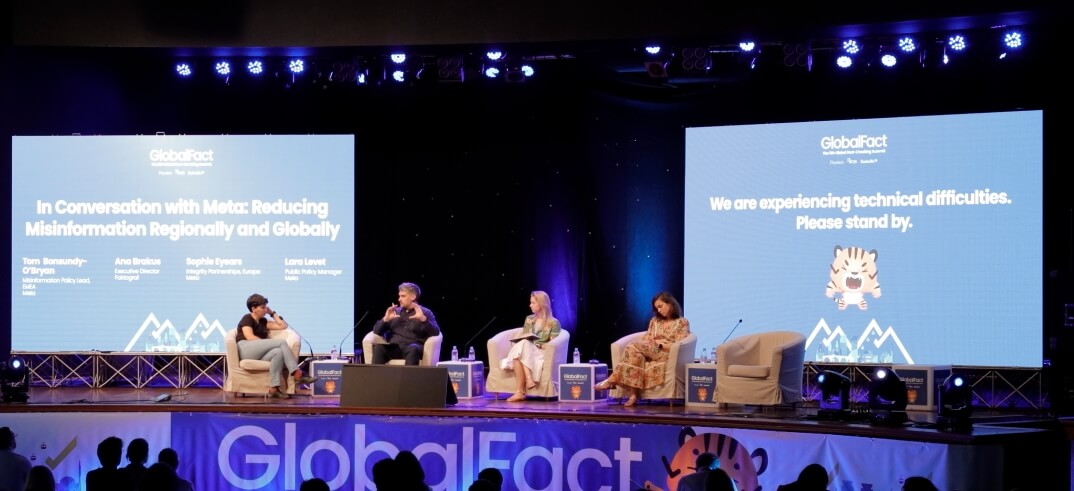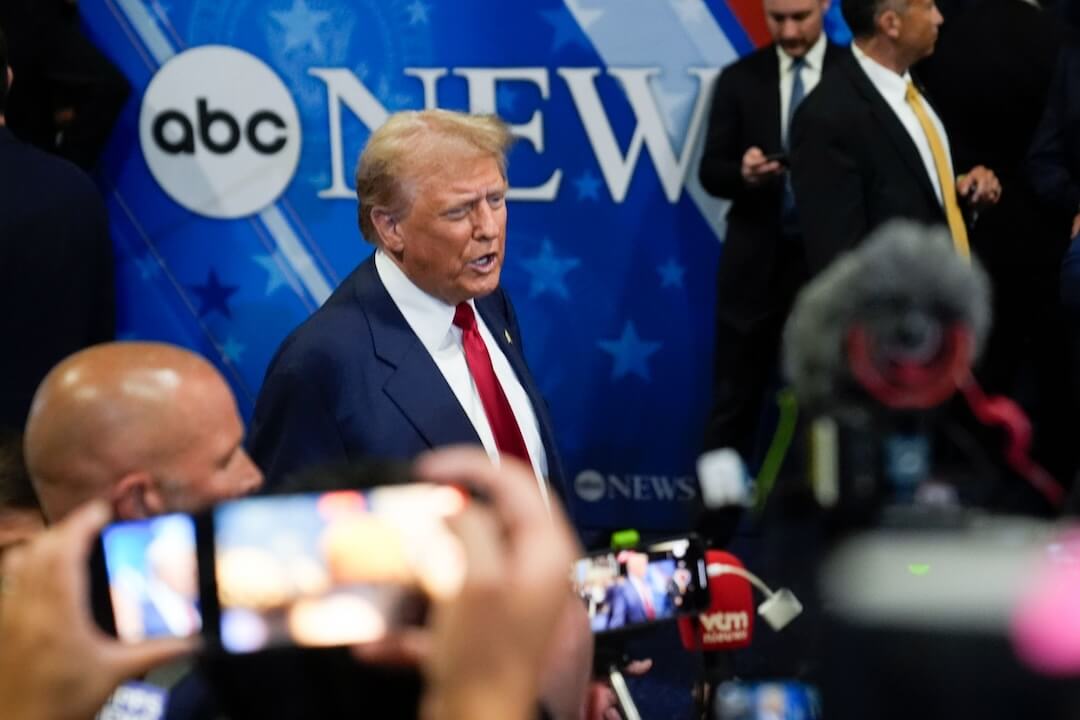How do you plan to cover “El Gran Paro” (The Big Stop), the national boycott of work and schools scheduled for Monday to protest stricter controls on immigrants?
Before you hit the streets, workplaces and the
schools… Before you edit the story… Before you copyedit and
write the headlines… Before you make a photo or capture the
video… Remember what C.S Lewis once wrote: what you see depends
upon where you’re standing.
So take time to consider where everyone is standing — including you.
Recognize how your position affects your view. Determine how
everyone’s position affects not only what he or she will see, but what
others see from other vantage points. Consider coverage that helps
news consumers understand the boycott story from as many different
positions as possible.
What information will they read? What images will they see? What
sound bites will they hear? What Web site updates will augment their
knowledge of what’s going on? What focus will you use? How do you want
to frame the story?
These questions begin a process that may help establish priorities and direction in the coverage.
Let me offer some additional questions to consider in deciding what you do and how you do it.
1. What is this story really about?
a. The boycott?
b. Those affected by the boycott?
c. Immigrants?
d. Citizenship?
e. Immigration reform?
f. The supporters of immigration reform?
g. Those opposed to immigration reform?
h. People who want recognition for their work?
i. People who worry about what reform will mean?
j. All the above?
2. What’s the context for the story?
3. What
description most accurately covers the different types of people
involved in the story? Does the term capture fairly who they are, what
they do, where they’re from and what their status is?
4. Who most accurately speaks for the people involved? The individuals? Group leaders? Officials?
5. What impact will the boycott have?
6. What happens next, and what follow-up stories can be pursued?





